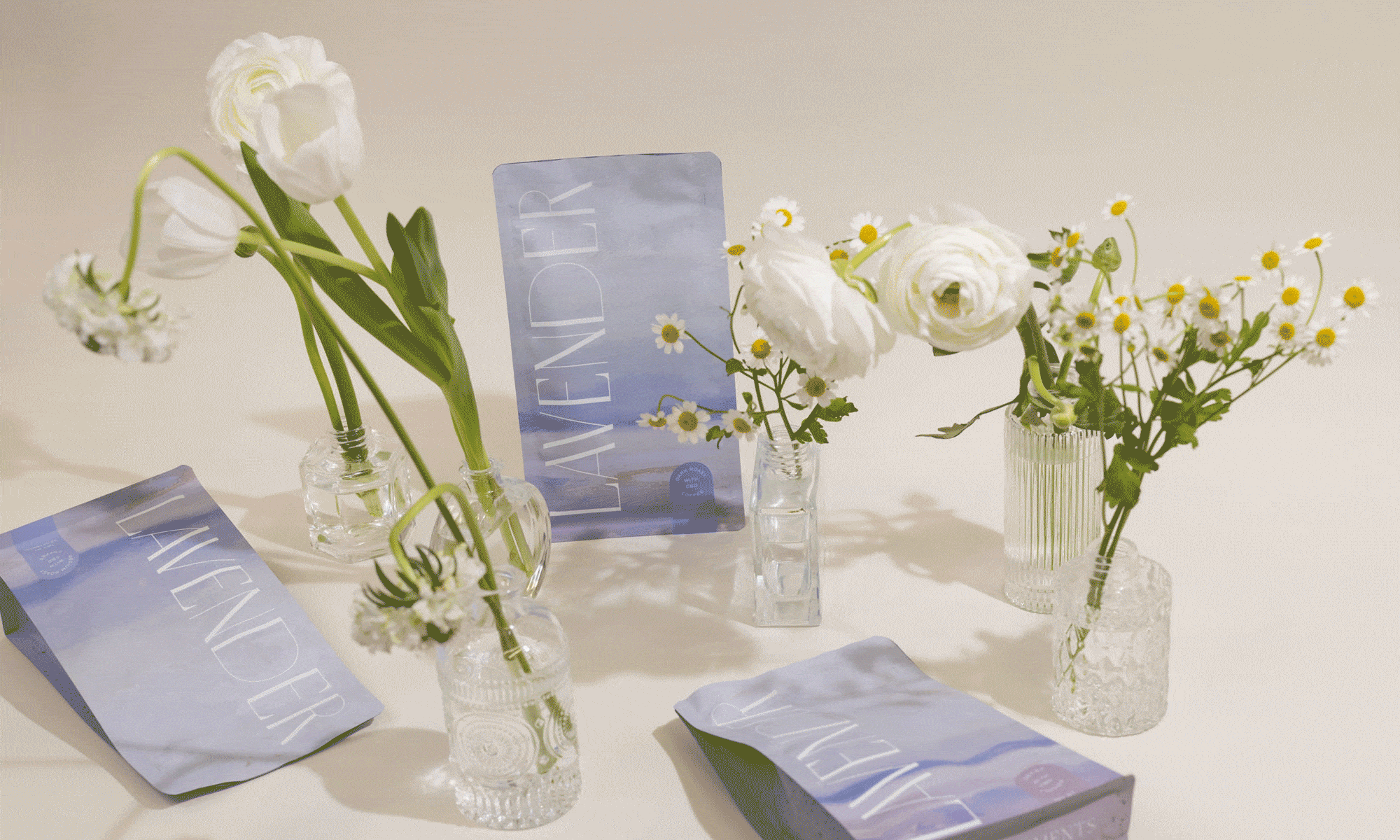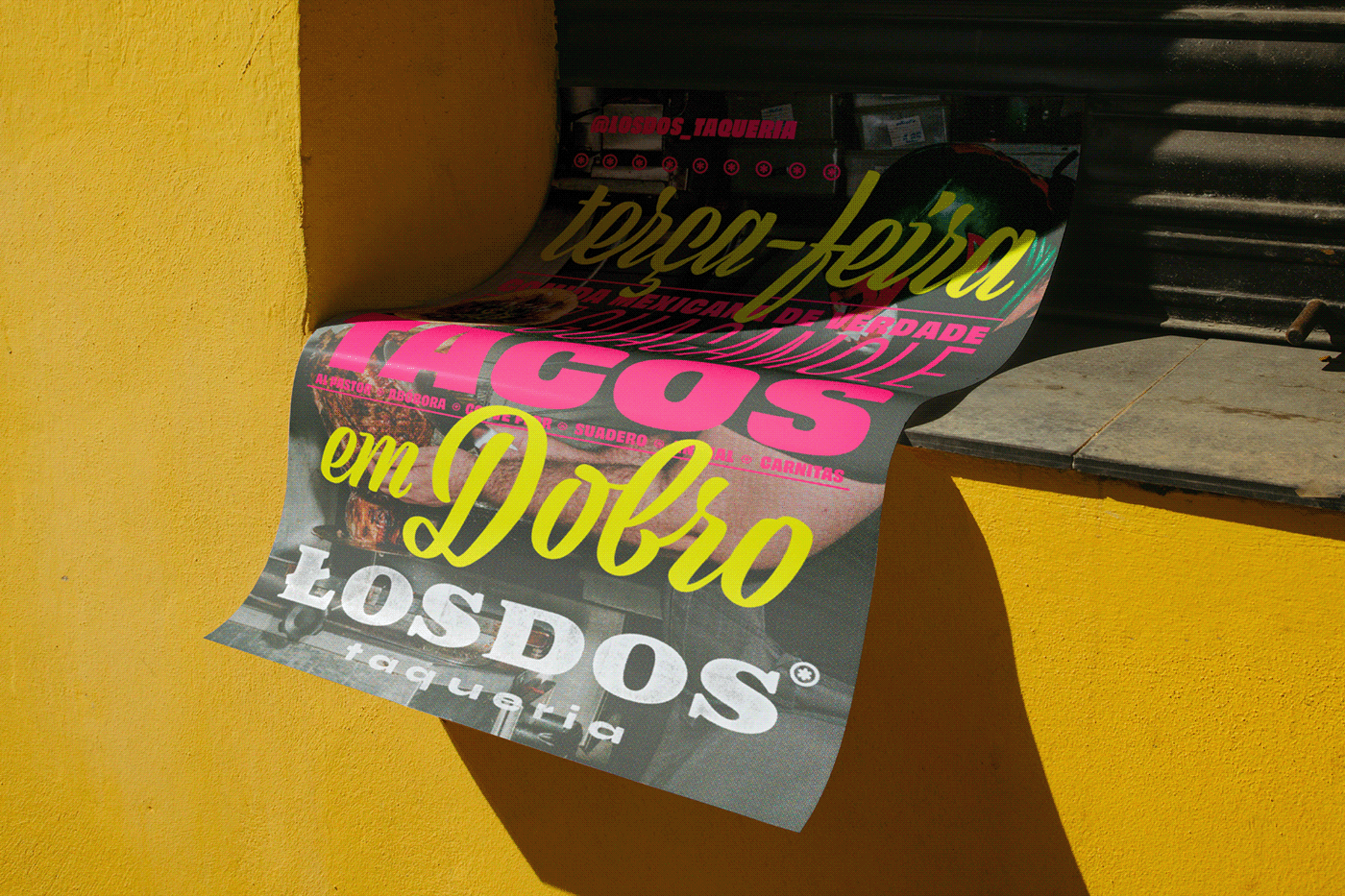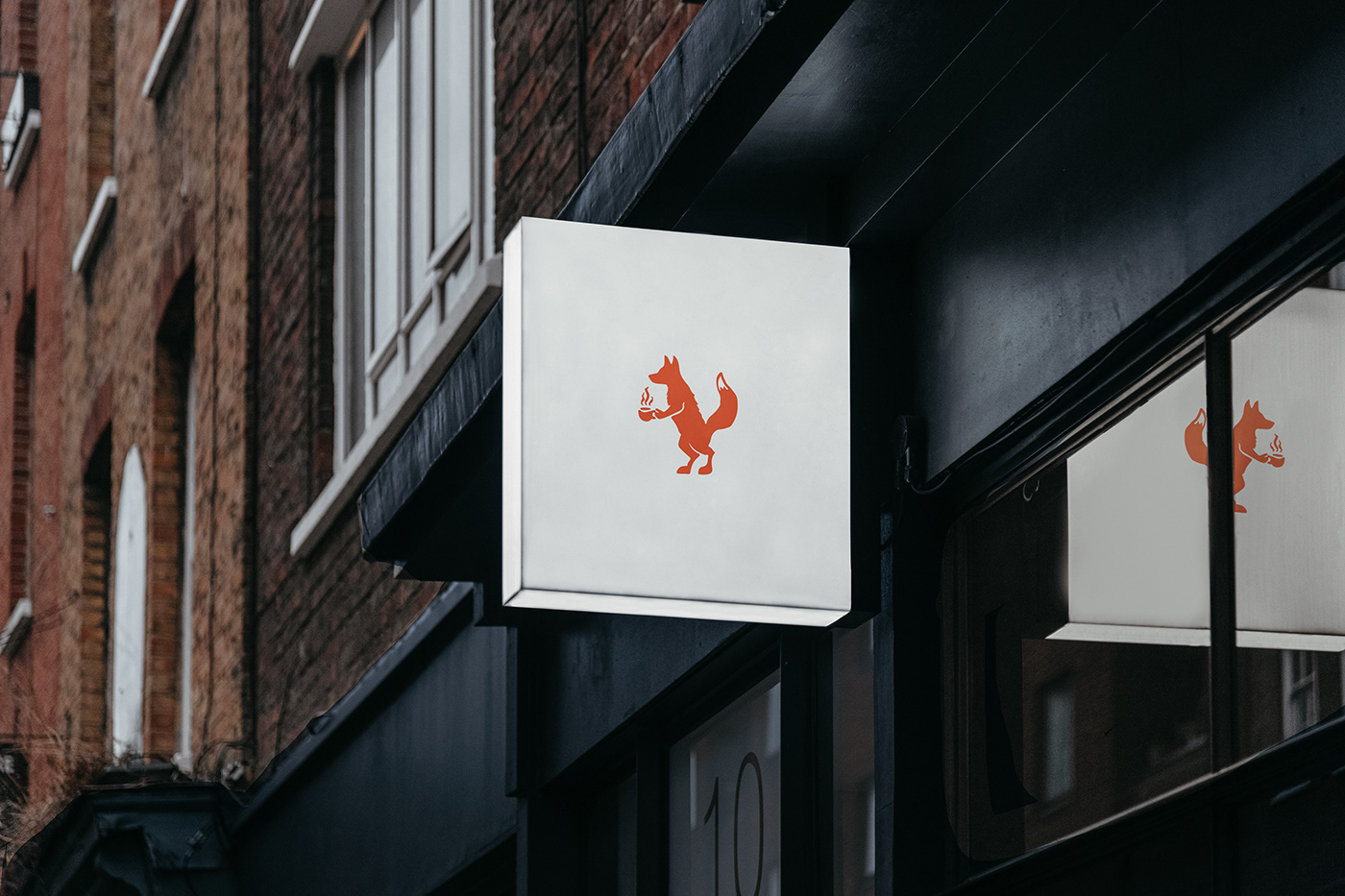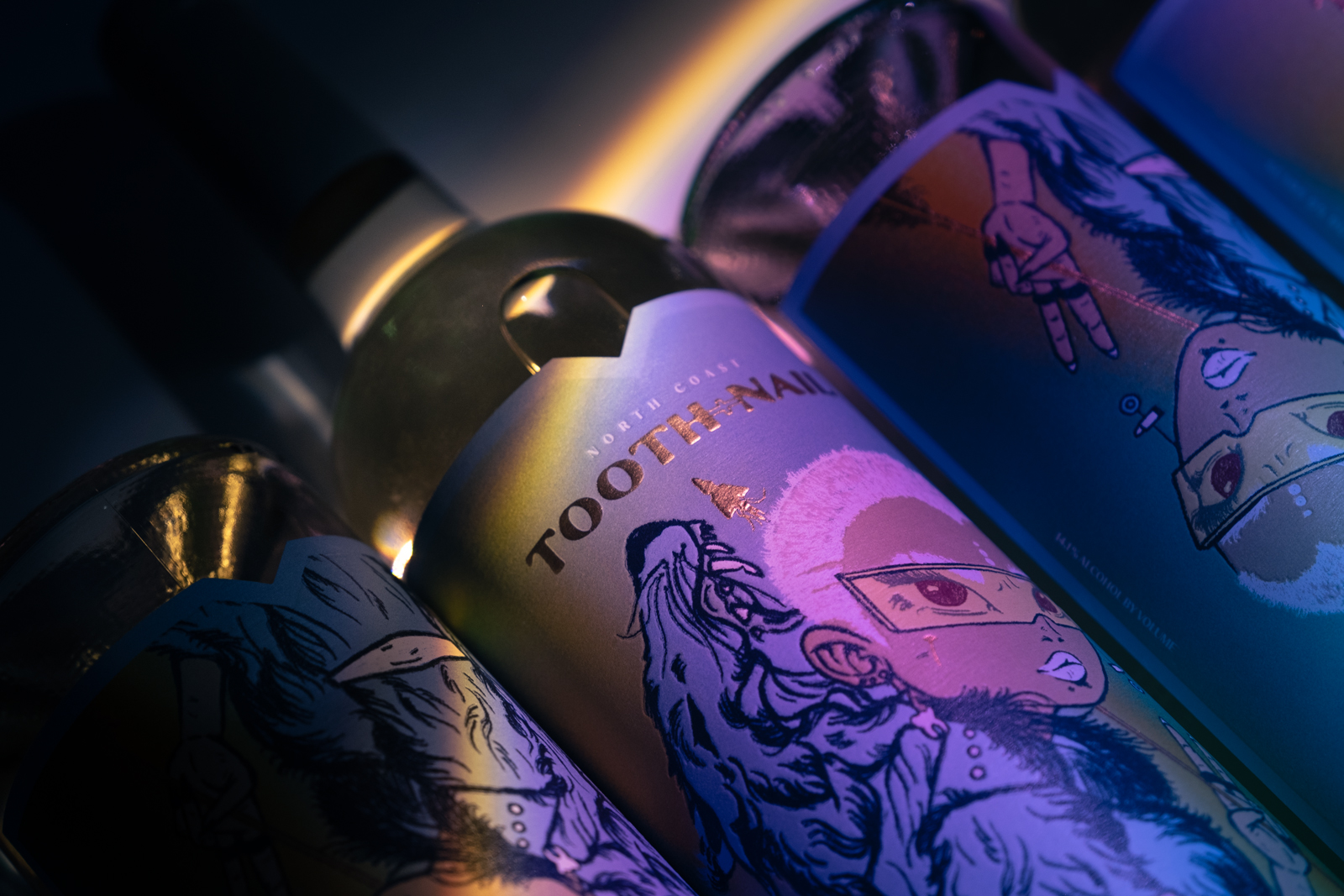Writer Heidi Patalano from DNAInfo.com chimes in on NYC’s latest trend in restaurant interior design and food:
CHELSEA — Walk into Vinegar Hill House in Vinegar Hill, Lodge in Williamsburg, Freemans on the Lower East Side and LIC Market in Long Island City and you’ll see the same thing — reclaimed wood beams, exposed brick and, if you’re lucky, antlers.
Urban rustic design has saturated New York City’s restaurant scene since the mid-2000s, when organizations such as the Stone Barns Center for Food and Agriculture and restaurants including Market Table and Northeast Kingdom helped to popularize the concept of local ingredients — with an accompanying obsession with natural decor.
But some in the design field say the farm-to-table movement’s earthy aesthetic has become, in some circumstances, “a tired hipster cliché” — opening the door to a new twist: Nordic chic.
“Urban rustic probably is here to stay because we’re not going to all of a sudden turn the tide and not care where our fruit and vegetables are coming from,” said Sarah Zorn, author of “Brooklyn Chef’s Table,” a cookbook of recipes culled from restaurants in the borough.
But Zorn said there are indications that urban rustic will evolve by blending in the look used in the recent wave of Scandinavian restaurants opening across the city.
“Now that we’re in the throes of the Scandinavian-Nordic obsession, it’s still very sparse but in a brighter, cleaner, blonde-wood sort of way,” Zorn said.
“I think we’re kind of going to stay there for a while with the communal tables and the space being a real blank palette for the food.”
Zorn pointed to acclaimed Williamsburg restaurants Luksus and Aska as examples of the cleaner, more Scandinavian take on urban rustic. Chef and owner of Luksus, Daniel Burns, explained the idea behind his restaurant’s design.
“The thinking behind it was, in essence, Brooklyn meets Scandinavia aesthetically,” he said.
“You’re seeing a lot of ‘spare’ rooms — even in the city with Contra, which is a tasting-menu-only restaurant. It’s not Scandinavian in any obvious way but still it’s working with two to five esoteric ingredients and changing them every night. They’re really envisioning the food as theater and the space just needs to be a real clean palate around it,” Zorn said.
Jun Aizaki of Crème Design has designed the interiors of Red Farm‘s West Village location, Danji in Hell’s Kitchen and Lugo Caffe in Midtown West. While every restaurateur wants something different, he said there are certain elements of the urban rustic trend that appeal to all establishments.
“Everybody’s very sensitive about creating an inviting space that is warm,” he said.
“In order to create a warm space, a lot has to do with the lighting and the materials such as reclaimed timber. That is inherently warm … The orange color when the incandescent light bulb is dimmed down — it’s very close to a candle light and that adds to the warmth of the space.”
Aizaki added that the rising demand for reclaimed wood has made it easier to source, but with one consequence.
“It’s getting more expensive because people are finding out that they can sell it, like joists and pieces from old factories that people had usually discarded in the past are in demand now,” he said.
At Chelsea’s Toro NYC, interior designer Chris Kofitsas helped the newly opened restaurant embrace both the urban rustic look and the chef’s table — a place where large parties dine on a menu that the chef sets.
“Although we have a very rustic and industrial envelope, we still want it to feel warm and inviting,” said Kofitsas of New World Design Builders.
“One thing I did to create a balance between the industrial look and softening the space was adding live boxwood [a shrub] that’s located in the chef’s table area.”
Interior designer Caroline Grant, one half of Dekar Design, has created interiors for restaurants including Bobo and Rosemary — both in the West Village. An upcoming project, she said, encapsulates where restaurant design is headed next.
“I do think it’s going towards ‘less is more,’ simpler, slightly more refined in the look and materials but not over designed,” she said.
“We’re definitely doing a lighter palette, more of the bleached wood and light whites. We’re keeping it more airy, less produced-feeling, not heavy woods.
“With farm-to-table there’s the idea of clean eating, which is very popular and so the surroundings need to reflect that.”






